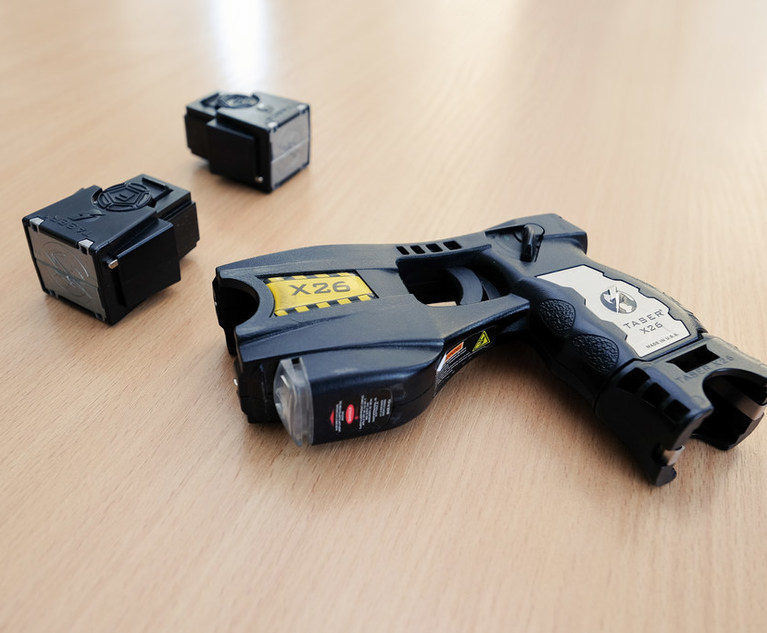It is an all too familiar factual pattern. It starts with a plea for help. A 911 call is placed to the police department seeking assistance for an individual suffering from mental illness. The caller is typically a relative or friend of the mentally ill individual who may be threatening to harm himself, or someone else, or is acting erratically. The caller feels helpless with no place else to turn, so she reaches out to the police. At least at the outset everyone seems to mean well, trying to help; the 911 caller, the police dispatcher, and the officers dispatched to the scene.
The officers may not have been trained in dealing with the mentally ill. “Armed police officers drilled in techniques to subdue violent suspects, often seem ill-equipped to deal with people who are mentally ill or in a drug induced delirium.” Edgar Sandoval, Daniel Prude Was in Mental Distress, Police Treated Him Like a Suspect, N.Y. Times Oct. 9, 2020; see also Megan Pauly, How Police Officers Are (or Aren’t) Trained in Mental Health, The Atlantic, Oct. 11, 2013 (observing that there are great disparities in Crisis Intervention Training programs in police departments nationwide). The common wisdom is that when dealing with the mentally ill, the police should attempt to deescalate the situation by, for example, backing off and calling for crisis intervention team backup, if available, or having the individual transported to a mental-health faculty, and not try to restrain the individual like a criminal suspect. But we know from reported decisions and media accounts that it doesn’t always happen that way. The police at times further aggravate an already agitated individual, exacerbating an already tense situation.


 Taser X26 stun gun and two cartridges.
Taser X26 stun gun and two cartridges.




